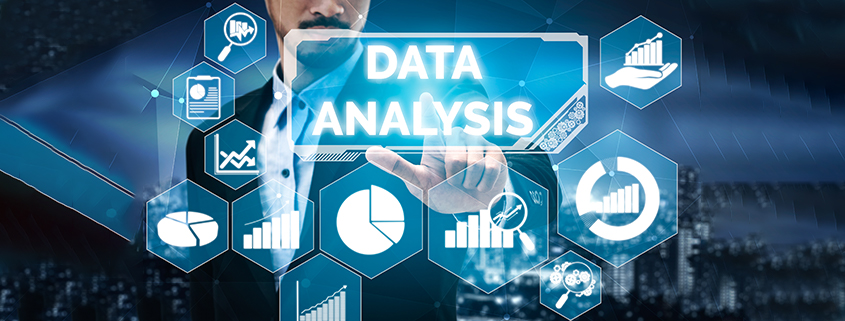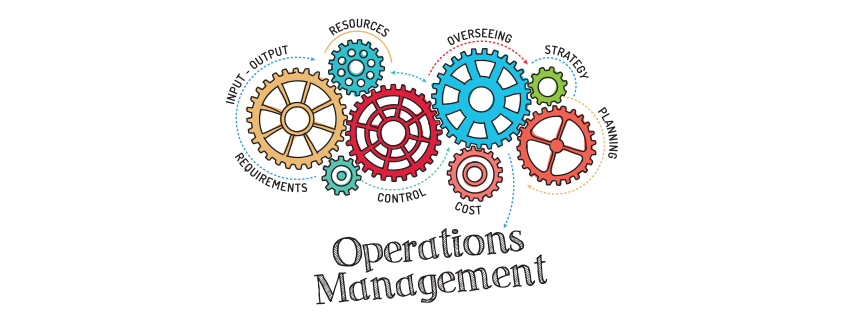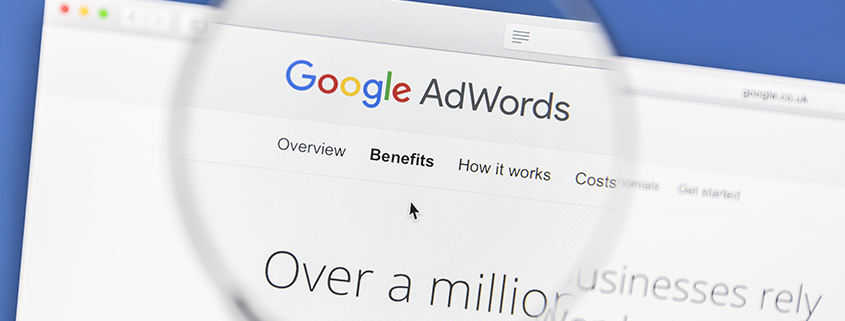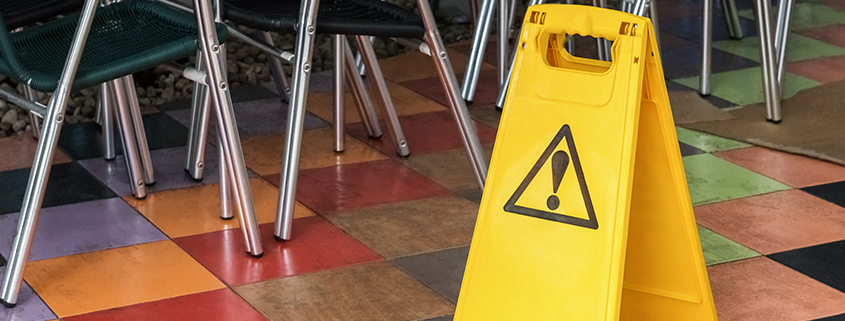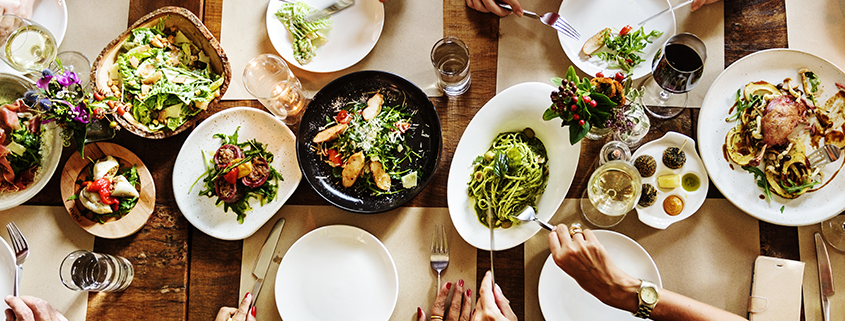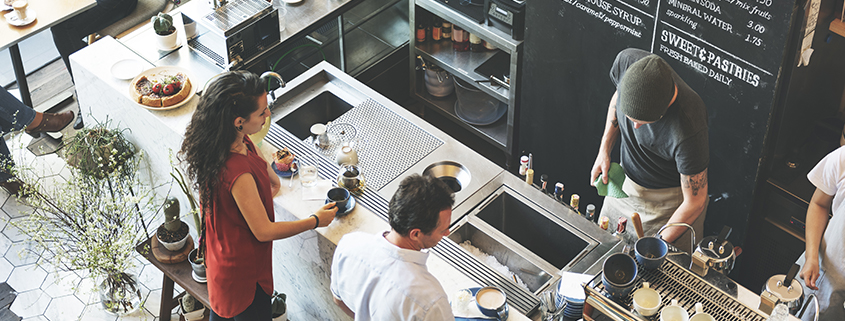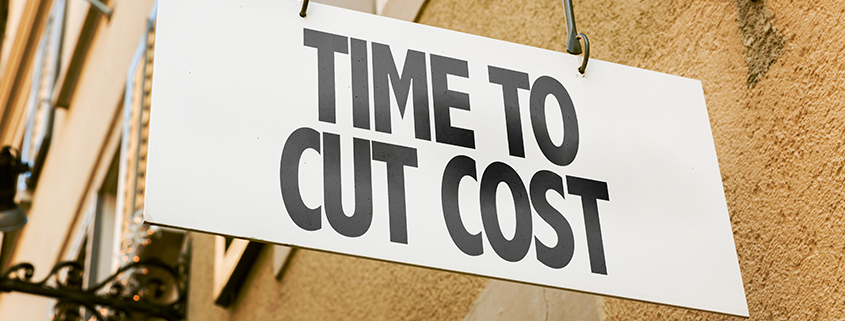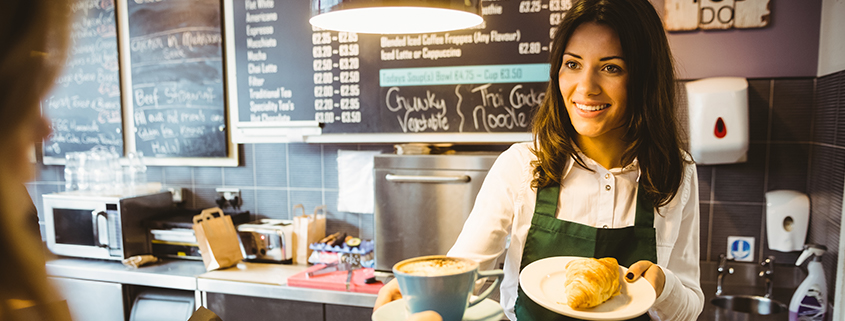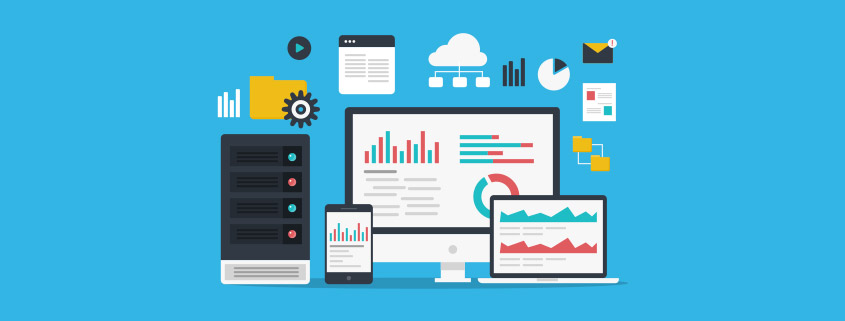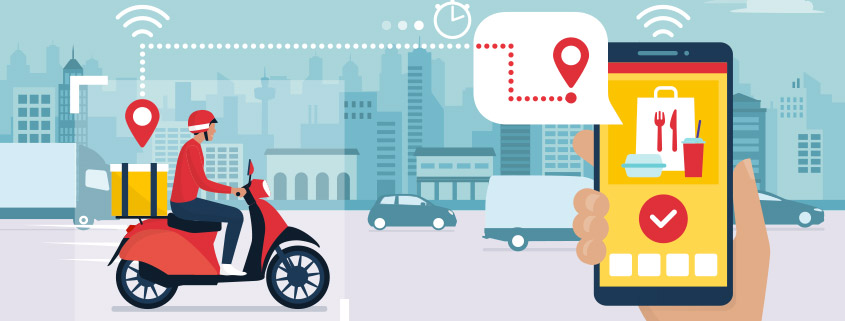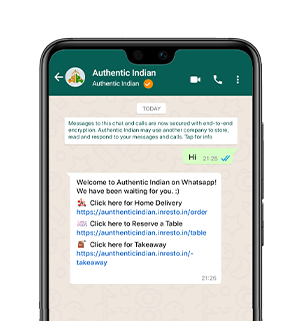Owning a restaurant, no matter how exciting, can also test your patience in numerous ways. The management and operations of a restaurant demand the highest levels of attention, especially from the owner/manager of the place. Many aspects of restaurant management are often difficult; with accounting being a prickly one among others.
Even though we all love to see soaring profits in the balance sheet, accounting is a daunting task, which is heavily time-consuming and is highly error-prone, especially if done manually. What’s the solution? Accounting management software.
While generic accounting management software can aid in the management of accounts on a basic level, different types of businesses require different types of accounting aid. Hence, a restaurant may demand customized software that precisely fits the requirements of a restaurant. But why should one opt for a restaurant management software, in the presence of a qualified accountant, in the first place? Let’s look at some reasons why you must invest in a decent restaurant accounting software.
1. Elimination of Data Redundancy
Entering financial data manually can be a daunting task. It is not only time consuming, but also leads to a lot of human errors. These errors can lead to mismanagement of funds, miscalculation of profits, and hence, provides/gives room for your staff to make some bucks off of you. A restaurant accounting software can eliminate such errors, redundancies, and ensure correct data entry. Further, it also gives you more access, with lower access to your team, giving you more power over the financial management.
2. Effective Usage of Resources
Employing a restaurant accounting software aids in better management of time and personnel. Instead of hiring a person to handle accounting solely, that same person can be employed at more important tasks in the kitchen or the tables, and help serve customers faster. The restaurant accounting software will take care of financial accounting, where data entry is error-free.

3. Aids in Profit and Cost Management
Menu engineering, which is a part of restaurant accounting software, aids you with information important to keep a balance between your income, as opposed to your costs. This will enable you to figure out your best-selling dishes and elevate profit margins on those.

4. Simpler Reconciliation of Data
Using a restaurant accounting software enables you to reconcile the accounts at the end of the month, with automated calculations already done on your behalf. Further, it also showcases the entire data in a systematic format, enabling you to find all the information you’re looking for in an easier manner. When you incorporate accounting software into the back-of-house network, it can automate the collection of cash, along with sales data from the POS software and reconcile it onto the reporting module.
Along with the above mentioned, there are many other advantages that can help you seamlessly run the restaurant. However, we think this list is enough to convey that every restaurant owner must employ restaurant accounting software.


